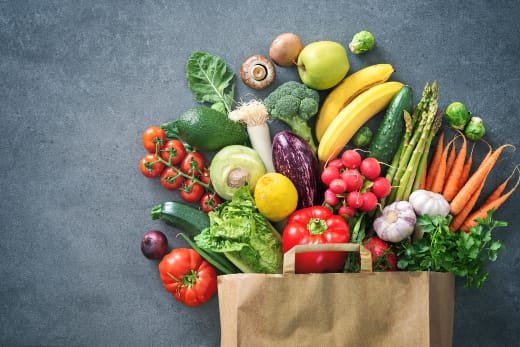Key Takeaways
- Spain’s fruit and vegetable exports to the EU hit €7.7B in Jan–May 2025, up 9%
- Germany remains the top EU buyer at €2.792B (+11%)
- France (€1.455B) and Netherlands (€810M) also showed strong growth
- Non-EU exports up 19%, with UK demand rising slightly to €1.227B
- Labour shortages and weather disruptions remain ongoing risks
Spain’s fruit and vegetable exports to the European Union rose sharply to €7.697 billion in the first five months of 2025, a 9% year-on-year increase that reinforces the EU’s role as Spain’s core trading partner in fresh produce.
Germany emerged as the largest importer, purchasing €2.792 billion worth of Spanish fruits and vegetables—an 11% rise over the same period in 2024, according to industry group Fepex. France and the Netherlands followed with €1.455 billion and €809.8 million respectively, both recording solid growth.
EU destinations accounted for 81% of Spain’s total fresh produce exports, which reached €9.46 billion during the January–May period. The figures underscore the stability and scale of Spain’s fruit and vegetable exports across the continent.
Resilient European Appetite for Spanish Produce
Despite lingering inflation and earlier supply chain setbacks, Spain’s fruit and vegetable exports continued to find strong demand in the EU’s largest economies. “Despite broader disruptions earlier in the year, the fundamentals of demand in core EU markets remain intact,” said a Rabobank analyst.
Improved harvests and firm retailer orders, particularly from France and the Netherlands, contributed to the upward trend in Spain’s fruit and vegetable exports.
Non-EU Exports Grow — UK Slows
Outside the EU, Spain’s fruit and vegetable exports grew 19% to €1.763 billion. The United Kingdom remained the top non-EU destination, receiving €1.227 billion in exports—a 2% rise year-on-year.
While still a critical destination, UK growth lagged due to ongoing customs friction and rising transport costs. “There’s a cost drag now embedded into UK-EU trade routes,” said Maria Herrera, an agrifood consultant based in London.
Labour and Climate Still Pose Risks
Spanish growers face persistent challenges despite the headline growth. Labour shortages, particularly in Murcia and Andalusia, are impacting harvest and distribution capacity. Spring rains also delayed harvests, adding risk to second-half shipping reliability.
Fepex has urged the government to address labour bottlenecks through expanded seasonal worker programs to preserve the competitiveness of Spain’s fruit and vegetable exports.
Momentum With Caution
With exports to both EU and non-EU markets expanding, Spain’s fruit and vegetable exports appear on a solid footing. But producers remain wary of climate shocks, labour supply gaps, and rising input costs. Stable policy and logistics infrastructure will be key to sustaining growth into the peak autumn export season.
Spain’s fruit and vegetable exports are set to remain a linchpin of European supply chains—if structural vulnerabilities can be managed.



